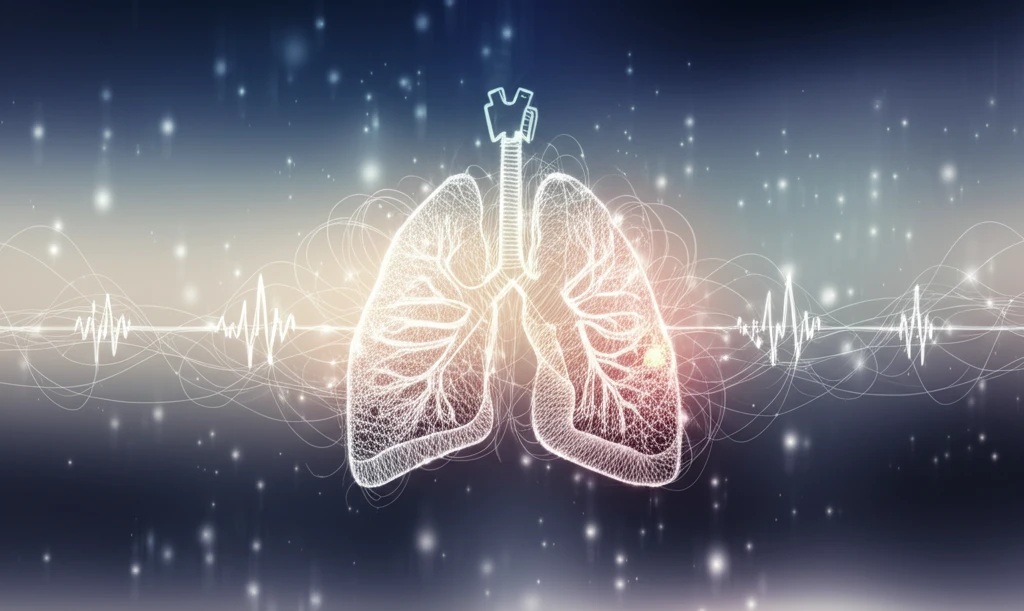
The Breath-Heart Connection: Understanding Cardiopulmonary Interactions
"Unlock the secrets of how your lungs and heart communicate to optimize health, manage critical conditions, and enhance overall well-being."
Your heart and lungs are in constant conversation, a dynamic interplay that dictates how efficiently your body receives and utilizes oxygen. This intricate communication, known as cardiopulmonary interaction (CPI), is a two-way street: each breath influences your heart, and every heartbeat affects your lungs. Understanding this connection is crucial for maintaining health and becomes especially vital in managing critical illnesses.
Imagine your heart nestled within your chest, surrounded by the ever-changing pressures of each breath. These pressure shifts, known as intrathoracic pressure (ITP), directly impact the heart's ability to fill with blood (preload) and pump it out to the body (afterload). This delicate balance is further influenced by factors like atmospheric pressure and the pressure within your abdomen, all working together to ensure your circulatory system functions smoothly.
In this article, we'll break down the complex science of cardiopulmonary interactions into easy-to-understand concepts. Whether you're managing a chronic condition, curious about optimizing your health, or simply fascinated by the inner workings of the human body, this guide will provide you with actionable insights to breathe and live better.
The Mechanics of Breathing and the Heart

To grasp how breathing affects your heart, it’s helpful to understand the basic principles of pressure and flow in collapsible structures. Think of your blood vessels as flexible tubes that can expand or compress depending on the pressures around them. The pressure inside these vessels versus the pressure outside (transmural pressure) determines their size and, consequently, how easily blood flows through them.
- This drop in pressure has a cascading effect:
- Increased Venous Return: Lower chest pressure helps draw blood back to the heart, increasing the heart’s preload (the amount of blood filling the heart before it pumps).
Harnessing the Breath-Heart Connection
Understanding cardiopulmonary interactions empowers you to take control of your health. Whether you're managing a chronic condition or simply seeking to optimize your well-being, simple practices like mindful breathing, and awareness of posture and breathing volume and medical treatment plans will have positive effect. By tuning into the conversation between your heart and lungs, you can unlock a deeper understanding of your body and pave the way for a healthier, more vibrant life.
